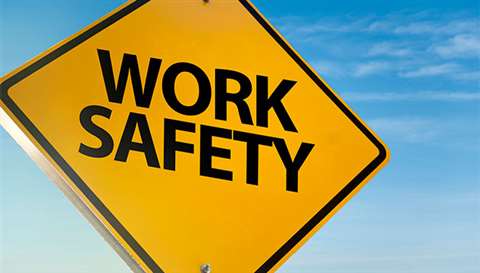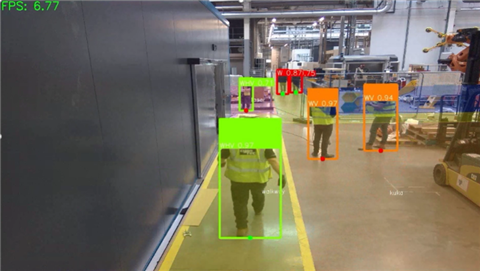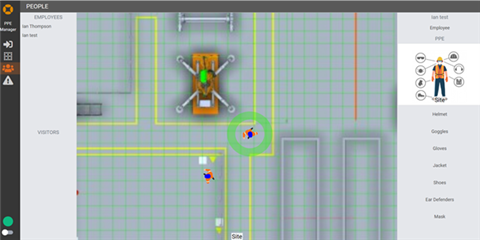Digital technology: unlocking H&S practices in the construction sector
04 January 2022
Expert engineer Mark Ireland, Chief Engineer for Technology Strategy at the Manufacturing Technology Centre in Coventry, explains how the research organisation’s integrated digital system can help the construction sector improve health & safety practices.

The construction sector has made huge strides in improving health and safety onsite, however, despite advancements there is still a fatality on an average of every 9 days. (Construction statistics in Great Britain, 2020 (hse.gov.uk)).
In addition, injuries on construction sites and work-related ill health currently costs the construction and infrastructure sector around £1.2 billion per year in lost productivity, equalling 8% of the total losses across all industries.
Once you add injuries to this, such as musculoskeletal disorders which are around double the average across all other industries, the costs soon add up.
The Manufacturing Technology Centre (MTC) in Coventry - an independent Research & Technology Organisation (RTO) that aims to bridge the gap between academia and industry - has been working to demonstrate how digital technologies can be integrated into health and safety practices to reduce both accidents and injuries on construction sites or in equipment and material manufacturing environments.
Digital health & safety management
Much of the construction industry HSE (Health & Safety Executive) management processes are still paper based.
With the sector moving in favour of offsite manufacturing, there is an opportunity to implement some of the latest technology and best practices from the manufacturing sector to help address these challenges.
On this basis, the MTC set out on a mission to explore and establish the art-of-the-possible with regards to digital HSE management.
The MTC set out to prove to companies that the technology to enforce the use of Personal Protective Equipment (PPE) and enable accurate worker tracking exists and can be deployed onsite or in their factory immediately.
How existing tech can improve health & safety
 AI image feed showing automated PPE detection, the colour of the box identifying workers who are fully, semi and non-compliant. The system also detects those inside work zones with a green or red dot at their feet.
AI image feed showing automated PPE detection, the colour of the box identifying workers who are fully, semi and non-compliant. The system also detects those inside work zones with a green or red dot at their feet.
By integrating three different tracking technologies, the MTC developed one holistic system that can be used to dynamically enforce health and safety guidelines related to PPE in a workshop or factory setting.
The three technologies used in the system include an Ultra-Wide Band tracking system that identifies and locates workers on a digital twin of the workplace using active wearables, and PPE tagged with passive RFID tags.
Alongside these, the system also uses AI enabled cameras to identify people on site that have not signed in as non-working site visitors.
The integrated system, which also upports the creation of digital work zones that incorporate HSE requirements such as PPE, skills and documentation, can therefore automatically detect PPE and associates it to the user in a digital twin as each user logs in.
 Site map showing equipment and staff locations.
Site map showing equipment and staff locations.
This enables site managers to review a site from anywhere in the world using an internet connection.
It gives them the ability to establish who is currently onsite and exactly where they are, and whether or not they have the appropriate authorisation, PPE and skills to be there.
Allowing for proactive rather than reactive HSE management, the system also allows incidents to be automatically logged to generate near miss reporting to support the Heinrich pyramid approach to HSE management.
Predicting workplace dangers and accidents
In the future, the AI cameras can be trained to automatically detect near misses around the main accident categories such as slips, trips and falls, falls from height, and people being struck by moving or falling objects.
There is even the possibility to automatically observe the potential for these accidents before they happen.
Digital technologies are being integrated into all elements of construction and manufacturing to support greater outputs and outcomes for businesses.
This utilisation of technology in a HSE capacity is another example of digital engineering supporting the evolution of the sector.
*The full article will be published in the upcoming edition of Construction Worx magazine, click here for details.








